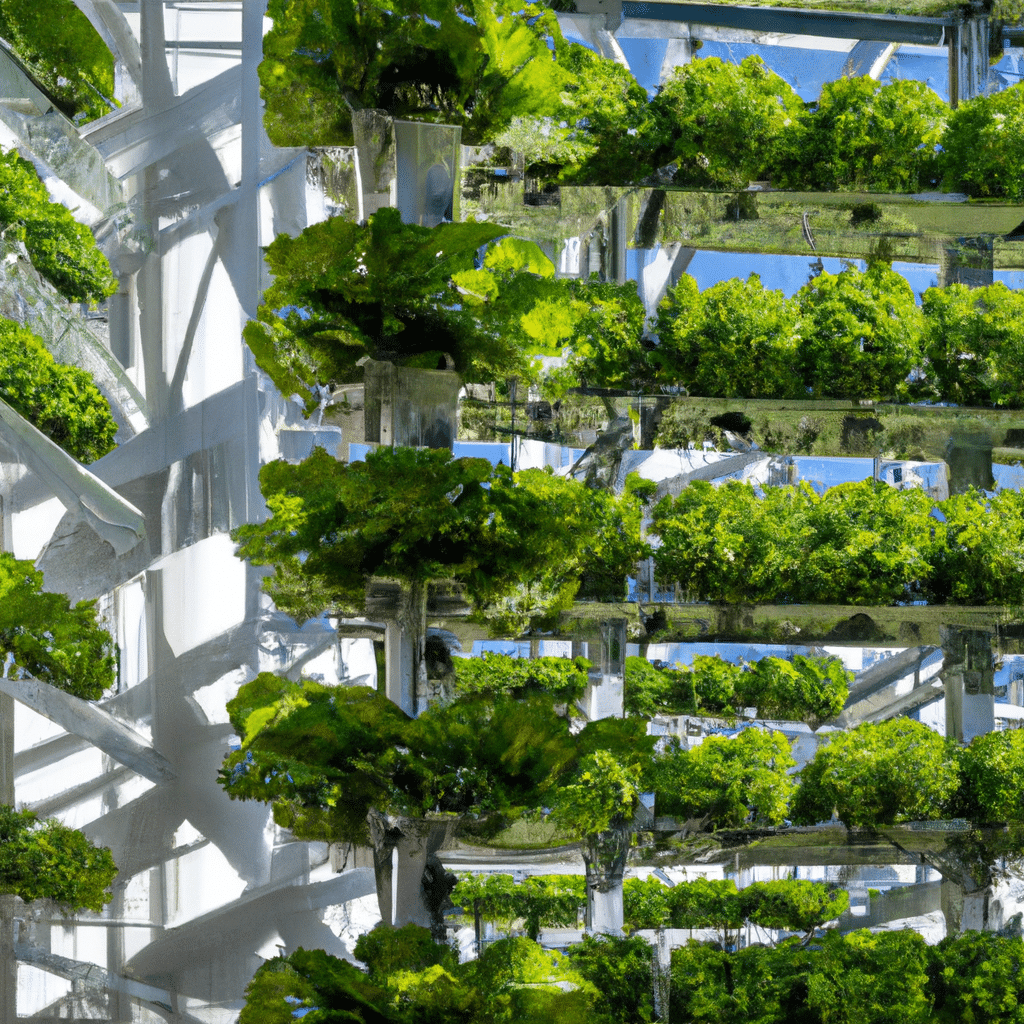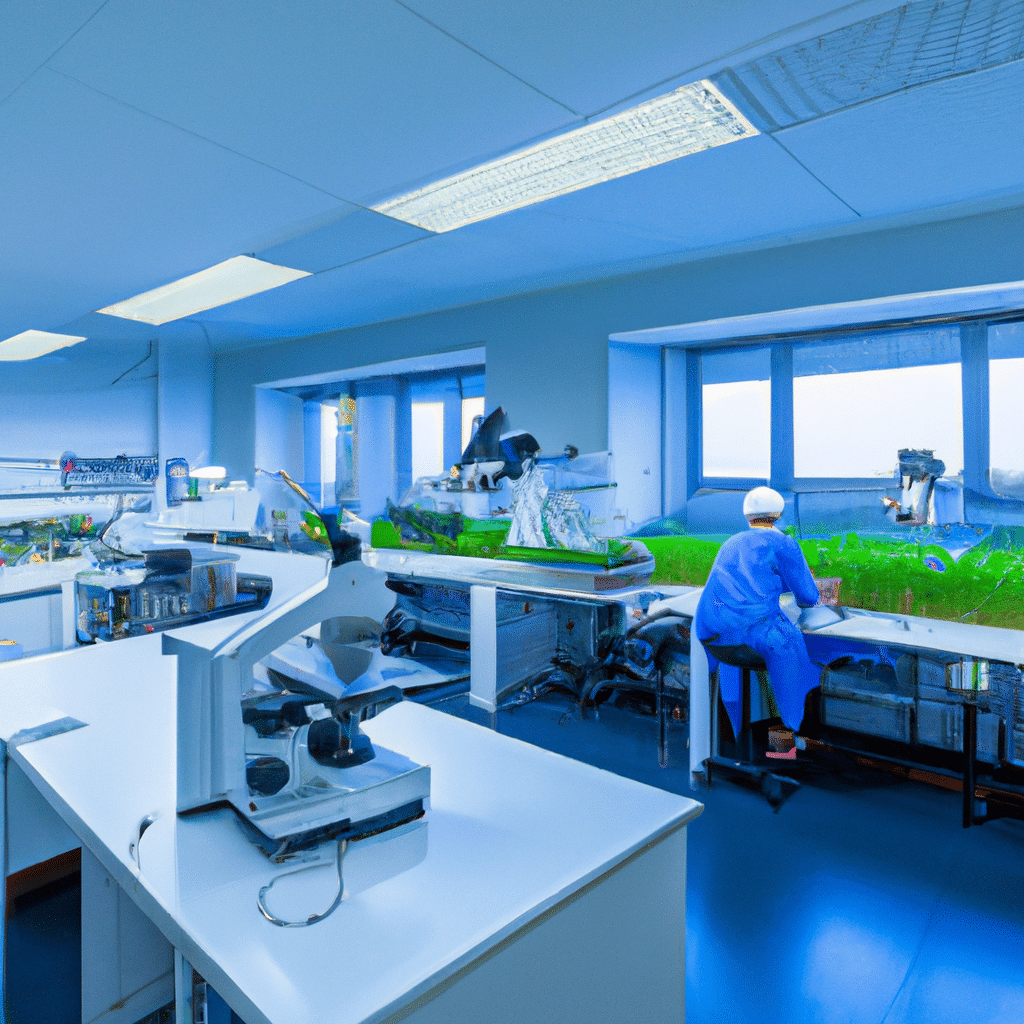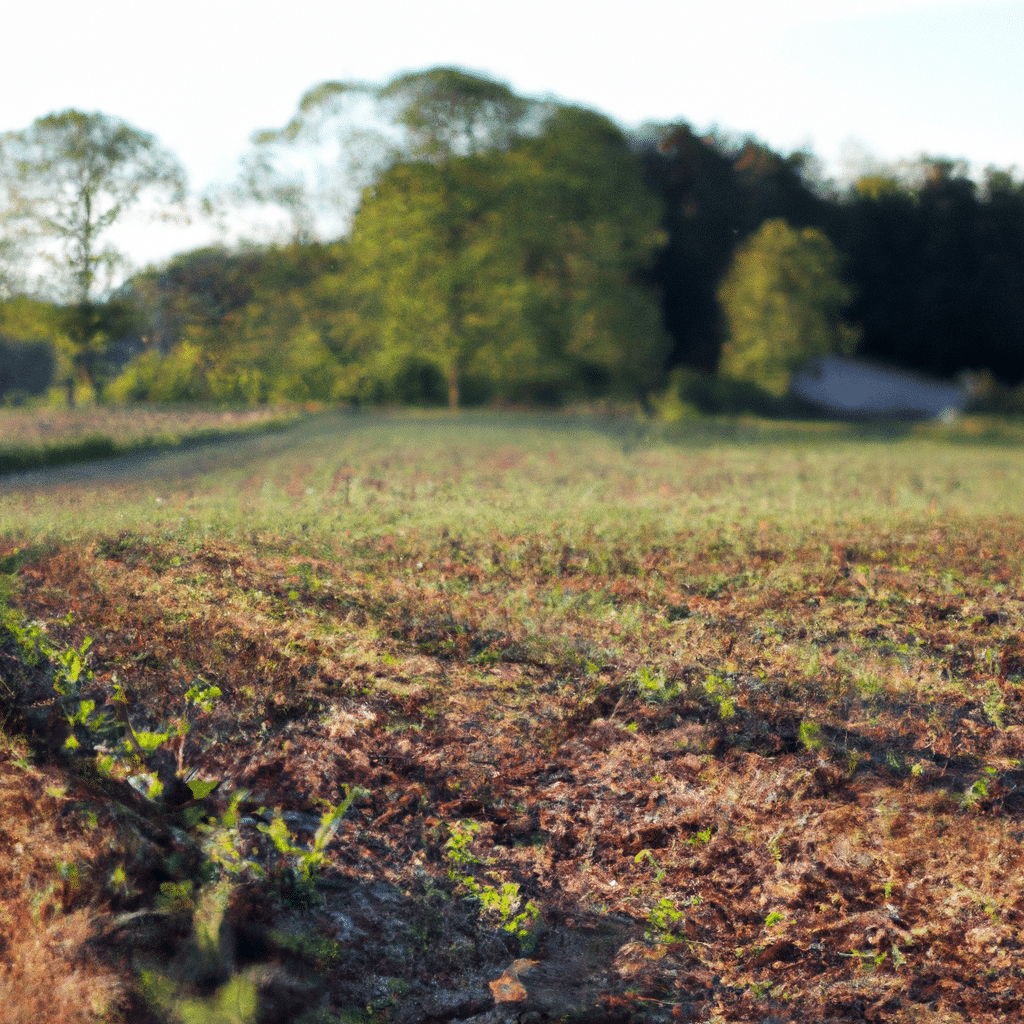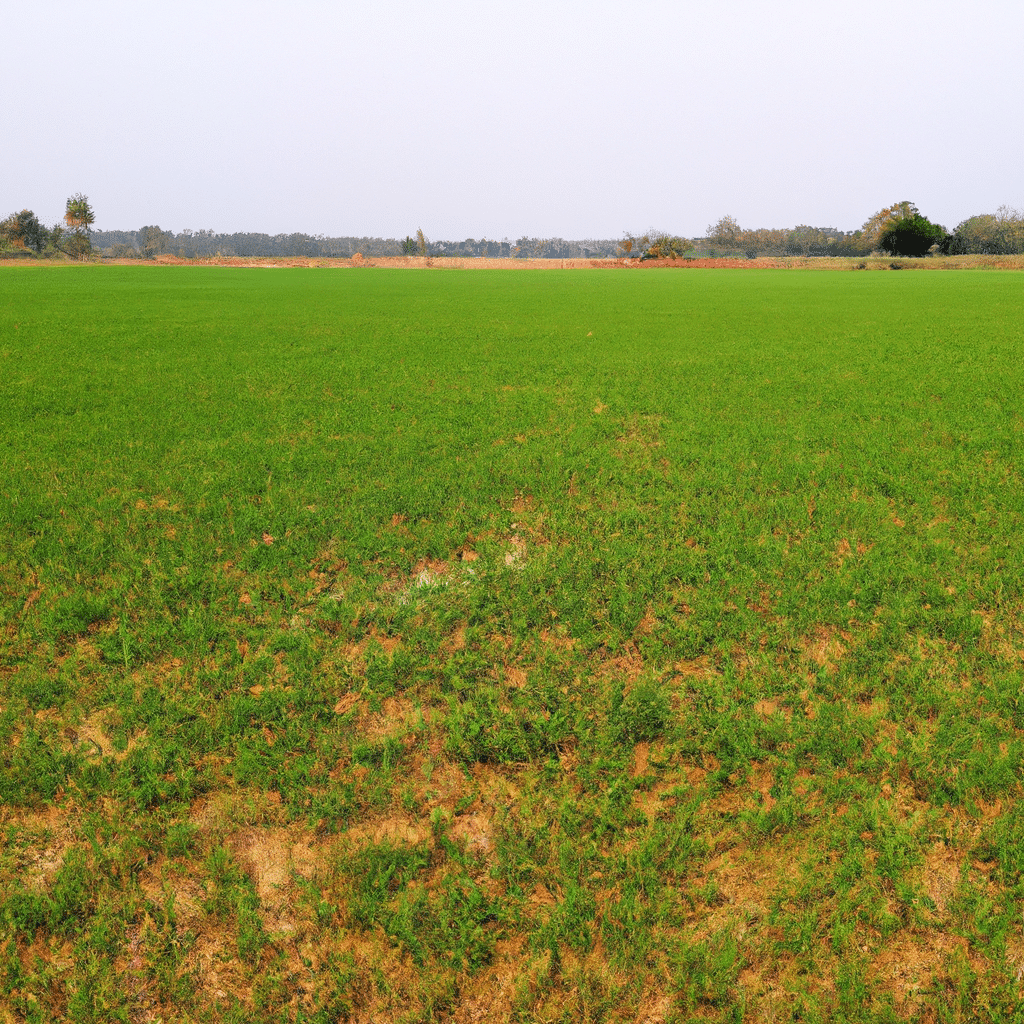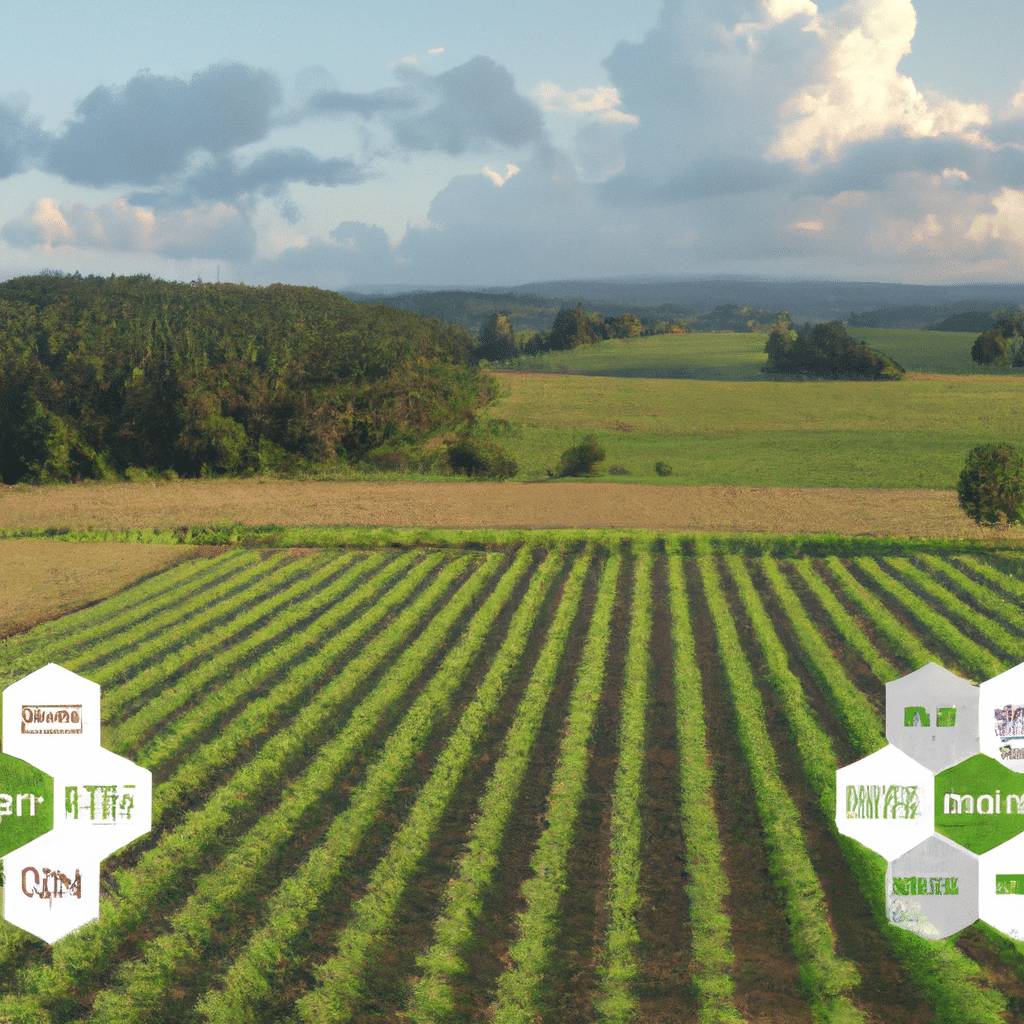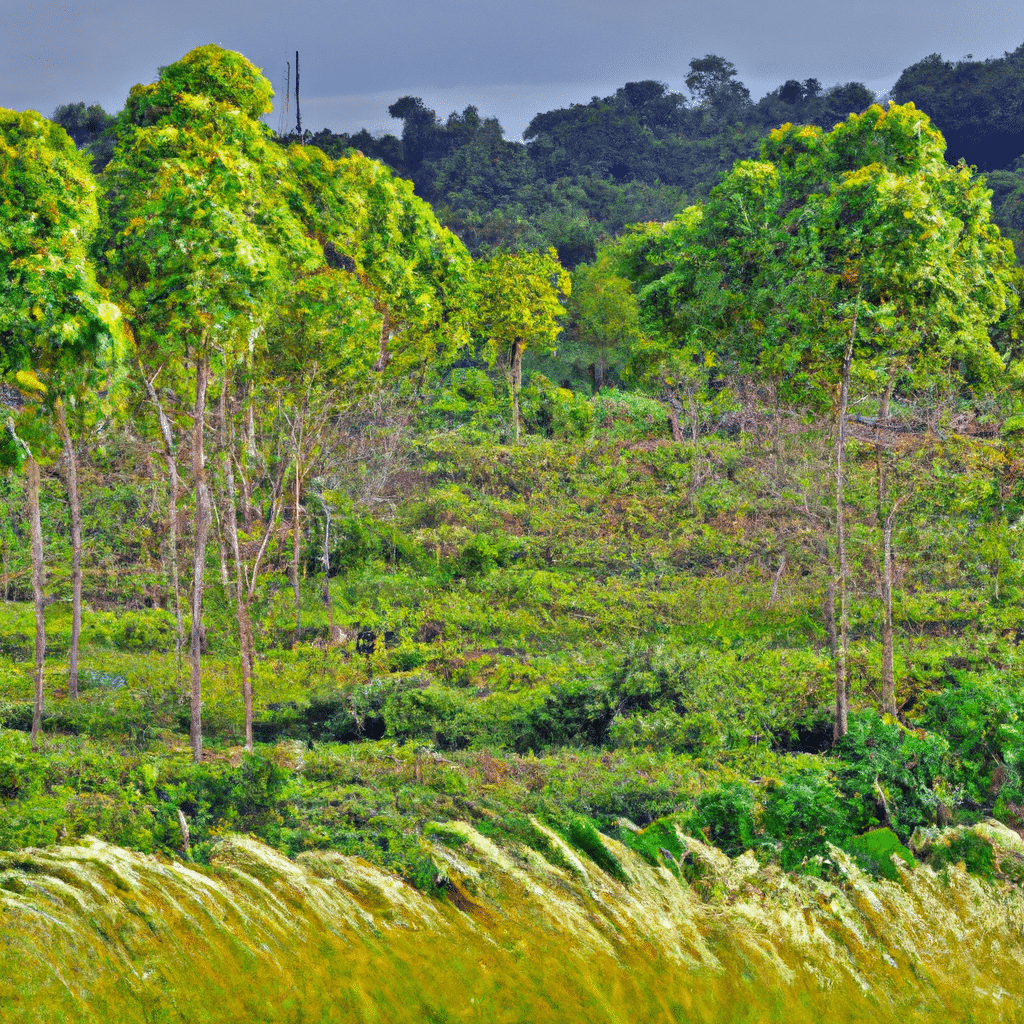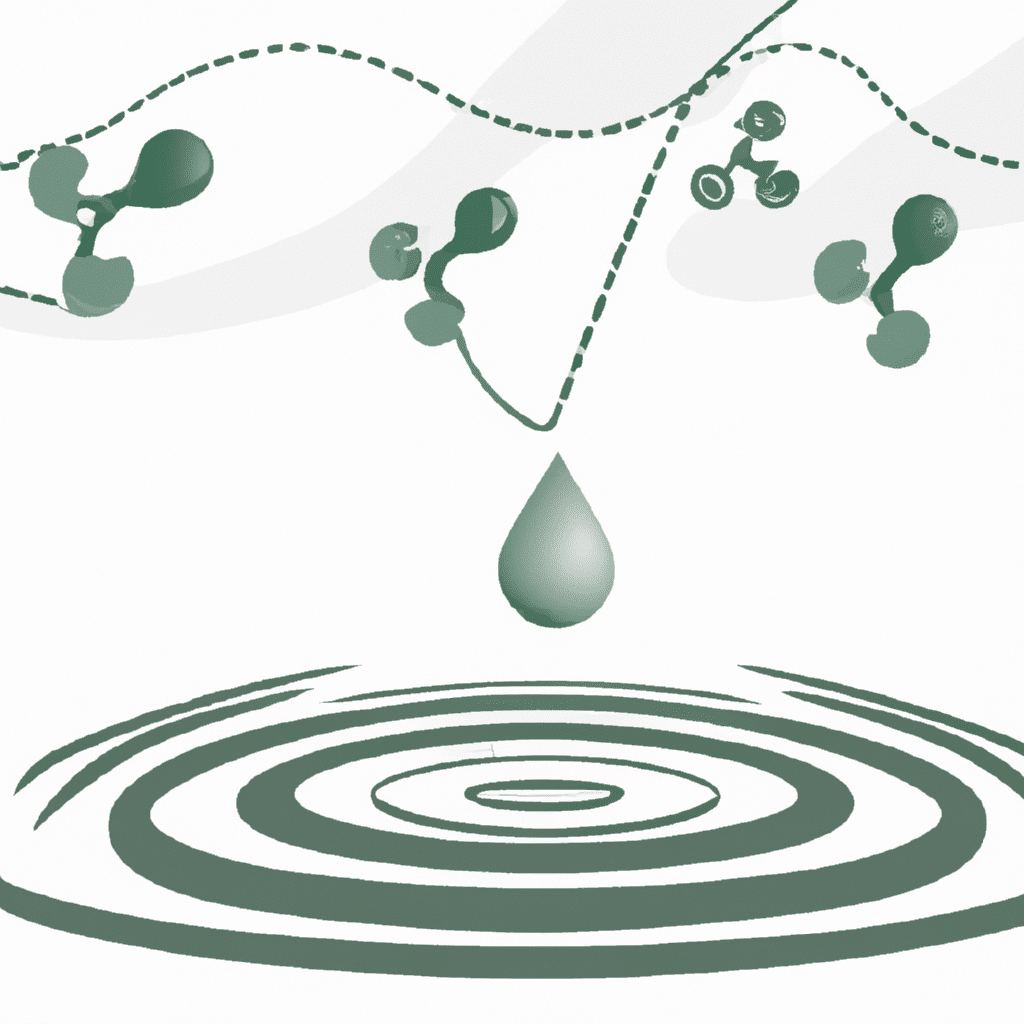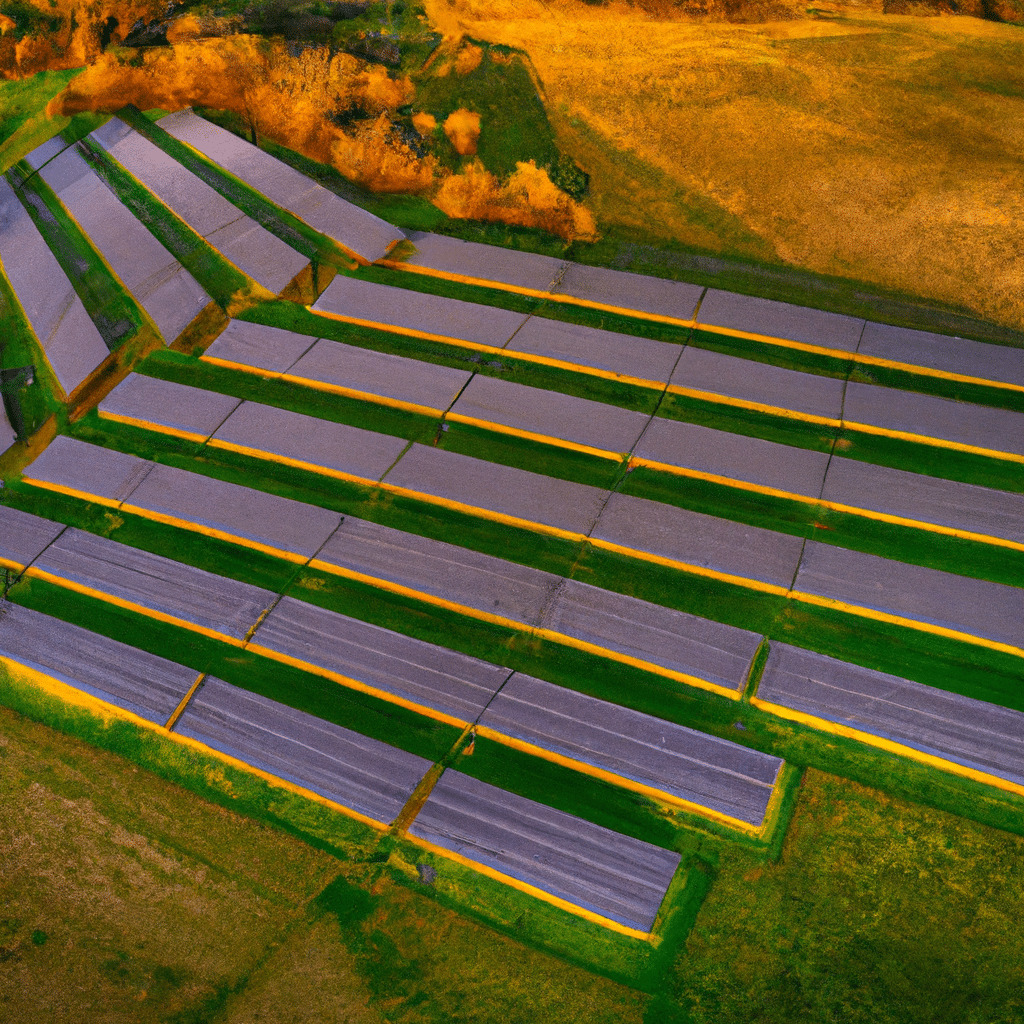Welcome to our comprehensive guide on understanding agricultural subsidies. In this article, we will delve into the intricate world of agricultural subsidies, shedding light on their importance, impact, and how they shape the agricultural industry. Whether you are a farmer, policy-maker, or simply interested in learning more about this topic, this guide aims to provide you with a well-rounded understanding of agricultural subsidies and their implications.
What are Agricultural Subsidies?
Agricultural subsidies are financial incentives provided by governments to support farmers and promote agricultural production. These subsidies can take various forms, including direct payments, tax breaks, insurance programs, and price supports. The primary goal of agricultural subsidies is to stabilize and enhance the agricultural sector, ensuring food security, rural development, and economic stability.
The History of Agricultural Subsidies
Agricultural subsidies have a long history, dating back centuries. The origins of modern agricultural subsidies can be traced to the Great Depression in the 1930s when governments sought to alleviate the economic hardships faced by farmers. Since then, agricultural subsidy programs have evolved and expanded, adapting to changing economic and political landscapes.
Types of Agricultural Subsidies
There are several types of agricultural subsidies, each serving a specific purpose and addressing different aspects of the agricultural industry. Some common types of agricultural subsidies include:
- Direct Payments: These subsidies provide farmers with fixed payments based on factors such as crop acreage, historical yields, or farm size.
- Price Supports: Price support programs aim to stabilize agricultural commodity prices by setting minimum price levels. If market prices fall below these levels, the government steps in to purchase the surplus and maintain stable prices.
- Insurance Programs: Agricultural insurance programs help farmers manage risks associated with unpredictable weather events, pests, or market fluctuations. These programs provide financial compensation for crop losses or reduced yields.
- Conservation Programs: Conservation subsidies encourage sustainable farming practices and environmental stewardship. Farmers receive incentives for implementing conservation measures such as soil erosion prevention, water conservation, and wildlife habitat preservation.
Pros and Cons of Agricultural Subsidies
As with any economic policy, agricultural subsidies have both advantages and disadvantages. Let’s explore some of the main pros and cons of agricultural subsidies:
Pros
- Ensuring Food Security: Agricultural subsidies contribute to stable food production, ensuring a reliable food supply for the population.
- Supporting Farmers: Subsidies provide financial stability for farmers, particularly during times of economic downturns or natural disasters.
- Rural Development: Subsidies stimulate rural economies by supporting agricultural businesses and creating employment opportunities.
- Environmental Conservation: Conservation-focused subsidies promote sustainable farming practices, leading to better soil health, reduced water pollution, and preservation of natural habitats.
Cons
- Market Distortion: Subsidies can distort market prices, leading to overproduction, unfair competition, and trade disputes.
- Income Inequality: Subsidies often benefit large-scale farmers more than small-scale or family-owned farms, exacerbating income disparities.
- Environmental Impact: Some subsidies may inadvertently encourage practices that harm the environment, such as excessive use of fertilizers or monoculture farming.
- Budgetary Burden: Agricultural subsidies can strain national budgets, requiring significant public expenditure.
The Impact of Agricultural Subsidies
The impact of agricultural subsidies extends beyond the agricultural sector itself. Let’s explore some of the key areas influenced by these subsidies:
1. Economic Growth
Agricultural subsidies contribute to economic growth by providing stability to the farming sector, supporting rural economies, and generating employment opportunities. By ensuring a steady food supply and fostering agricultural innovation, subsidies create a favorable environment for economic development.
2. Trade and Global Markets
Agricultural subsidies can have implications for international trade. Subsidies that distort market prices may lead to trade disputes and hinder fair competition. International agreements, such as the World Trade Organization’s Agreement on Agriculture, aim to regulate and reduce trade-distorting subsidies to promote fair global trade.
3. Environmental Sustainability
Conservation-focused subsidies play a crucial role in promoting sustainable agricultural practices. By incentivizing farmers to adopt environmentally friendly techniques, subsidies contribute to soil conservation, water management, and biodiversity preservation. These efforts are essential for safeguarding the environment and ensuring the long-term sustainability of the agricultural sector.
4. Food Security
Agricultural subsidies contribute to food security by ensuring a stable food supply. By supporting farmers during times of market volatility or natural disasters, subsidies help maintain consistent food production and availability. This is particularly important in regions where food shortages or famine risk exists.
Conclusion
In conclusion, understanding agricultural subsidies is crucial for comprehending the intricacies of the agricultural industry. These subsidies play a vital role in stabilizing the sector, supporting farmers, and ensuring food security. However, they also have their drawbacks, including market distortions and environmental concerns. By striking a balance between economic needs, social welfare, and environmental sustainability, policymakers can design effective agricultural subsidy programs that benefit all stakeholders. As the agricultural landscape continues to evolve, ongoing evaluation and adjustment of these subsidies will be necessary to meet the challenges of the future.



